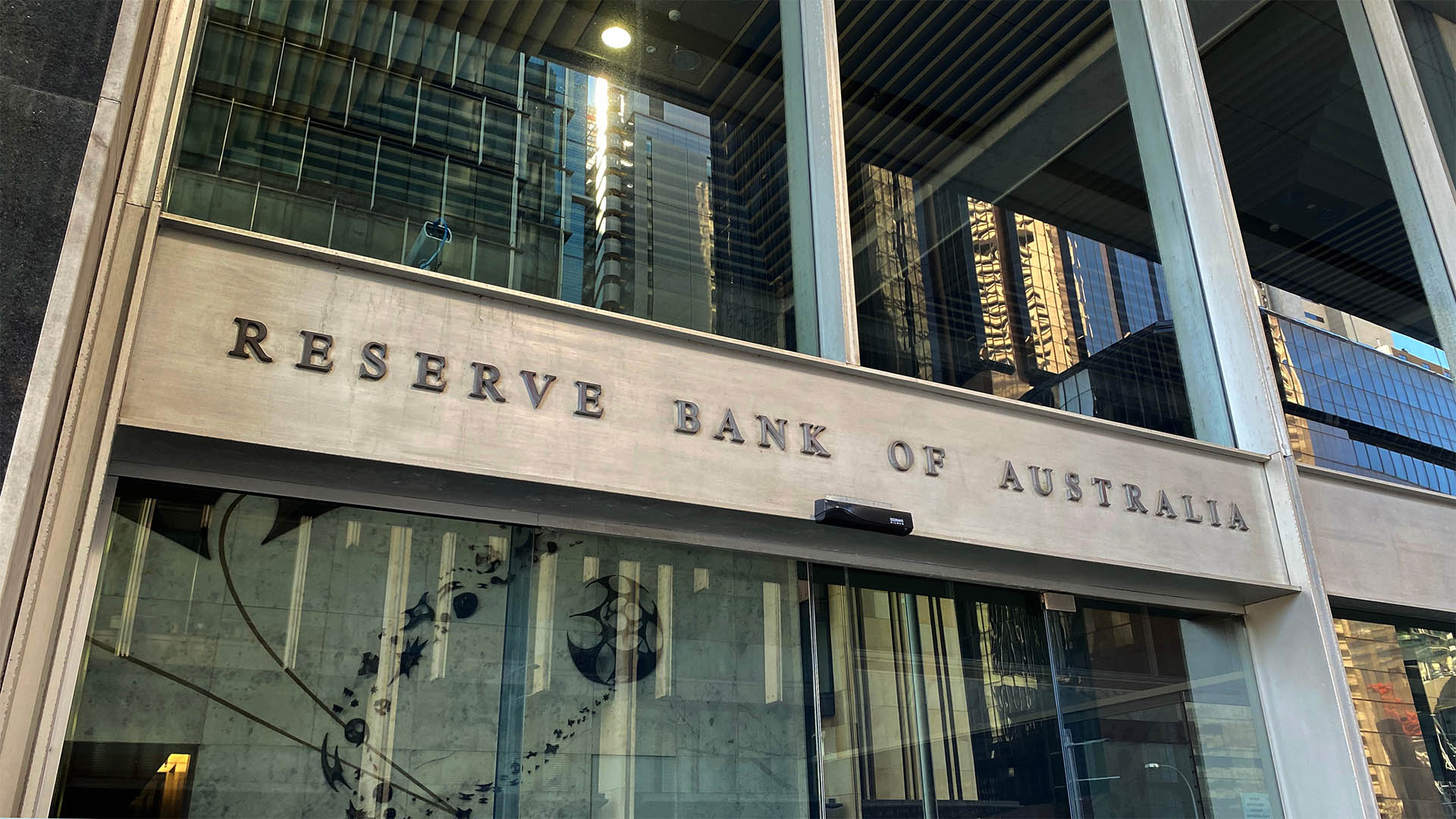Japan aside, the global monetary policy easing cycle continued to gather pace over the last week. So, what will the Reserve Bank of Australia serve up this week?
It started in emerging countries and then slowly spread to developed countries with Switzerland and Sweden cutting rates, followed by Canada and the ECB cutting a few weeks ago. It’s now gathering pace with the Bank of England cutting and the Fed set to start next month.
But two days after the Fed put a rate cut on its policy wish list for next month’s meeting, central banks now have to contend with a bunch of panic merchants in the stock market who jumped at a small shadow on Thursday and Friday and yelled “the sky is falling, save your profits.”
That was heard in the tech markets, especially among the megacaps (but not so much Apple investors), and everything went down on Friday.
Our market slumped Friday and is heading for another fall Monday when trading re-opens an hour or so before the Reserve Bank starts its August meeting, with the usual announcement and media conference Tuesday afternoon.
A week ago, it was a case of “rate rise now, Reserve Bank” from the Daleks among economists and investors (“exterminate, exterminate”). Then the June quarter consumer price index came out and it was a little better than expected. The “Rate Rise, Now” mob went silent, and everyone was talking up a no rate rise line, with the hairy-chested starting their usual “pick a date” and call for the first cut – February could be a good punt.
But the frailty of investor sentiment was shown on Friday in the US and here in what was a timely and nasty reminder to the inflation firsts at the RBA of what lies ahead. Post-meeting statements and comments tomorrow are anyway hawkish.
So, the question now is whether the Australian economy is heading for a slowdown that would tip into a recession if rates were lifted – the answer is yes from the market now after what they saw in the US and on Friday.
And if that’s the case, would a hint that a rate cut is approaching (data dependent, of course) be the course that steers the economy away from the shoals of a slide lower?
AMP chief economist, Shane Oliver thinks the latter.
“While lower interest rates are normally good for shares, this is less so initially when a recession occurs and share markets appear to be getting increasingly concerned that central banks may have left it too late and that a recession may be on the way. Falling commodity prices and bond yields are likely reflecting the same concerns.”
He expects the RBA to leave rates on hold tomorrow “after lower than feared inflation, ahead of a start to rate cuts by February.”
“Our assessment remains that the RBA’s cash rate has peaked and there is no case for another hike. The June quarter inflation data was roughly in line with RBA expectations and unlikely to alter RBA expectations for inflation to return to the mid-point of its target in 2026.”
“While inflation is still too high, the RBA will be mindful that: monetary policy remains restrictive; the full impact of past rate hikes is still feeding through; recession risks remain high as indicated by the ongoing slump in real household spending per capita and as population growth slows; forward-looking jobs indicators warn of a significant further rise in unemployment ahead; wages growth has peaked which will slow services inflation; and inflation is likely to fall sharply this quarter as ‘cost of living’ measures impact.”
“What’s more, the US experience with hotter inflation earlier this year now giving way to cooler inflation again adds to confidence that Australian inflation will start to fall again.”
So, we expect the RBA to leave rates on hold at its meeting on Tuesday and reiterate that it’s “not ruling anything in or out”, albeit with a continued use of relatively hawkish language warning that it’s too early to consider rate cuts as it’s still waiting “to be confident that inflation is moving sustainably towards the target range”.
He said RBA rate cuts could start in November if the September quarter inflation is very low as “is possible if we see much weaker economic data and/or some sort of major financial shock, but in the absence of that it’s hard to see the RBA having enough confidence to begin cutting by then so we continue to see February after the release of December quarter inflation data as the most likely timing for the start of rate cuts.”
“The money market no longer sees any further rate hikes in Australia and has fully priced a rate cut in December. As can be seen in the next chart, money market expectations have been swinging around a lot this year not helped by a bad steer from the Monthly CPI Indicator!”














